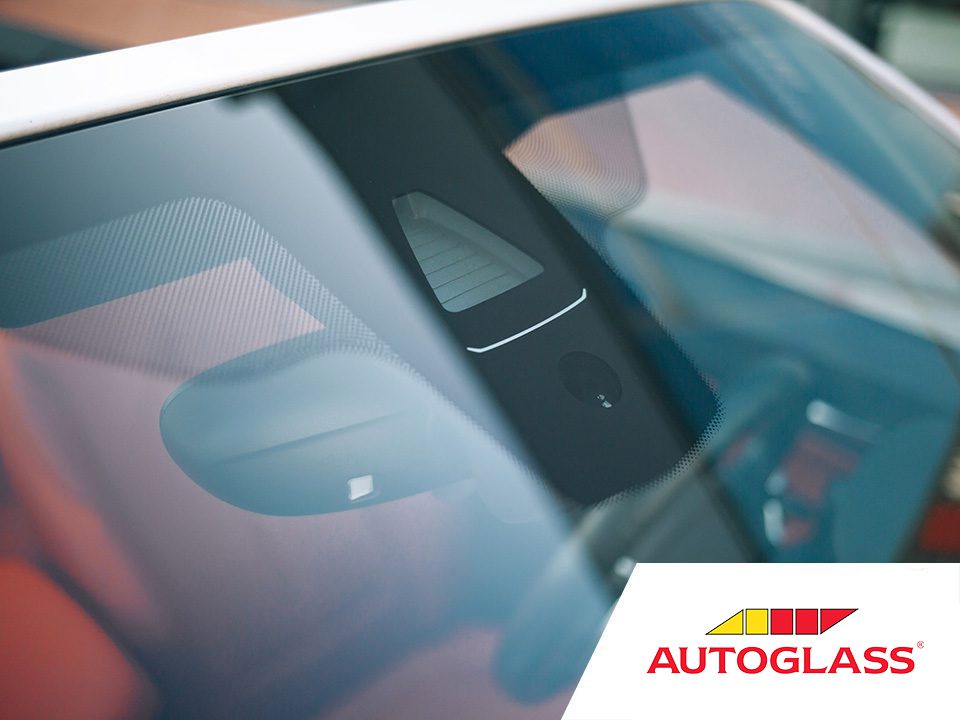
Push for standardisation of ADAS terms
The last decade or so has seen Advanced Driver Assistance Systems (or ADAS) become all but ubiquitous. Essentially every vehicle rolling off modern production lines is equipped with some degree of driver assistance technology. These ADAS features, designed with greater comfort for drivers and safer roads in mind, can be viewed as pit-stops along the way toward fully autonomous vehicles. Close as the once laughably futuristic notion of wholly driverless cars may feel, auto manufacturers around the world still have a number of speed bumps to consider along their way. Not least of all, the tricky matter of standardising the terminology used in relation to ADAS features.
Recent times have seen an explosion in ADAS technology. Manufacturers are each striving to debut new, exclusive, head turning driver assist technology ahead of their competitors. Naturally, these automakers are using their own, often brand-specific, terms to describe the ADAS features they wish to highlight to potential buyers. This approach can be understandably bewildering to the would-be buyer as they are left to try and decipher what precisely any given vehicle’s ADAS features do and how they differ from the driver assist features present in a car from a competing automaker. Even more troubling, car makers have even been accused of misrepresenting ADAS features in the name of marketing, which can lead to drivers misunderstanding the limitations of the ADAS features present in their car. If drivers don’t have a firm grasp on the specifics of the ADAS features on board, they can all too easily expect them to do things that they simply aren’t capable of doing. This is particularly concerning when we’re talking about vehicle safety features rather than ADAS enhancements more squarely focused on comfort. Not to mention that the wide variety of terms in use can not only confuse consumers but repairers and insurers as well.
Common ADAS Features Explained >>
This year, a group of United States based auto safety and consumer protection groups – AAA, Consumer Reports, J.D. Power, National Safety Council, PAVE, and SAE International – published a report urging manufacturers to adopt universal terms for ADAS features. The report warned that the current variety of terms is liable to create confusion amongst consumers and makes it harder than it needs to be for the average motorist to understand their vehicle’s ADAS features.
Just by way of an example, previous studies from automotive consumer watchdogs reported that, following examining 34 different vehicle brands, they encountered 40 unique names for automatic emergency braking, 20 for adaptive cruise control, 20 for surround view camera, 19 for lane-keeping assistance, 19 for blind-spot warning, 18 for automatic high beams, 15 for rear cross-traffic warning, 13 for driver monitoring, 12 for semi-automated parking assist, eight for forward collision warning and five for night vision and pedestrian detection. You don’t need us to tell you that leaves a whole lot of scope for confusion.
Less Common ADAS Features Explained >>
The recently published report separated the most common ADAS features into six distinct categories and provided their suggested universal names/ definitions for the ADAS features found under each heading. The list will be refined as new systems continue to be developed. We’ve taken the liberty of reproducing the list of definitions in its entirety for you to take a look at below.
ADAS Features Categories
Collision Warning
- Blind spot warning: Detects vehicles in the blind spot while driving and notifies the driver of their presence. Some systems provide an additional warning if the driver activates the turn signal.
- Forward collision warning: Detects a potential collision with a vehicle ahead and alerts the driver. Some systems also provide alerts for pedestrians or other objects.
- Lane departure warning: Monitors a vehicle’s position within the driving lane and alerts the driver as the vehicle approaches or crosses lane markers.
- Parking collision warning: Detects objects close to the vehicle during parking maneuvers and notifies the driver.
- Rear cross traffic warning: Detects vehicles approaching from the side at the rear of the vehicle while in reverse gear and alerts the driver. Some systems also warn of pedestrians or other objects.
Collision Intervention
- Automatic emergency braking: Detects potential collisions with a vehicle ahead, provides forward collision warning, and automatically brakes to avoid a collision or lessen the severity of impact. Some systems also detect pedestrians or other objects.
- Automatic emergency steering: Detects potential collisions with a vehicle ahead and automatically steers to avoid or lessen the severity of impact. Some systems also detect pedestrians or other objects.
- Lane keeping assistance: Provides steering support to assist the driver in keeping the vehicle in its lane. The system reacts only when the vehicle approaches or crosses a lane line or road edge.
- Reverse automatic emergency braking: Detects potential collisions while in reverse gear and automatically brakes to avoid or lessen the severity of impact. Some systems also detect pedestrians or other objects.
Level 3 Automation is here, but what does that mean? >>
Driving Control Assistance
- Adaptive cruise control: Cruise control that also assists with acceleration and/or braking to maintain a driver-selected gap with the vehicle in front. Some systems can come to a stop and then continue, while others can’t.
- Lane centering assistance: Provides steering support to assist the driver in continuously maintaining the vehicle at or near the center of the lane.
- Active driving assistance: Simultaneous use of lane centering assistance and adaptive cruise control features. The driver must constantly supervise this support feature and maintain responsibility for driving.
Parking Assistance
- Backup camera: Displays the area behind the vehicle when in reverse gear.
- Surround view camera: Displays the immediate surroundings of some or all sides of the vehicle while stopped or during low-speed maneuvers.
- Active parking assistance: Assists with steering and potentially other functions during parking maneuvers. The driver may be required to accelerate, brake, and/or select gear position. Some systems are capable of parallel and/or perpendicular parking. The driver must constantly supervise this support feature and maintain responsibility for parking.
- Remote parking assistance: Without the driver being inside the vehicle, provides steering, braking, accelerating and/or gear selection while moving a vehicle into or out of a parking space. The driver must constantly supervise this support feature and maintain responsibility for parking.
- Trailer assistance: Assists the driver with visual guidance while backing toward a trailer or during backing maneuvers with a trailer attached. Some systems may provide additional images while driving or backing with a trailer. Some systems may provide steering assistance during backing maneuvers.
AR and HUD – Future Windscreen Trends >>
Driver Monitoring
- Indirect driver monitoring system: Observes vehicle states, motions and/or driver performance indicators to estimate driver distraction, inattention, or misuse. This may include monitoring steering wheel input, vehicle sway within the lane, or a combination of other factors monitored by the vehicle systems. Some systems may provide a warning to the driver and/or limit the use of other features.
- Direct driver monitoring system: Detects the driver’s eye and/or head movement to estimate where he or she is looking. Some systems may provide a warning to the driver and/or limit the use of other features.
- Driver re-engagement system: A series of escalating warnings and interventions that attempt to engage an unresponsive driver. If he or she doesn’t respond, the system brings the vehicle to a full stop while maintaining steering control. Some systems may steer the vehicle to the side of the road and/or make an emergency call if the driver fails to respond.
Other Driver Assistance Systems
- Automatic high beams: Switches between high- and low-beam headlamps automatically based on lighting and traffic.
- Head-up display: Projects information relevant to driving into the driver’s forward line of sight.
- Night vision: Improves forward visibility at night by projecting enhanced images on the instrument cluster or head-up display.
As intuitive, thorough and helpful as these universal terms may be, we might be waiting some time before we see them employed globally. Introducing totally standardised terminology will have to overcome automakers attachment to the notion of trademarking the language associated with their car’s ADAS features. Here’s hoping!
We hope you found this ADAS explainer enlightening and don’t forget to check the Autoglass® blog again soon for more tips, guides and articles about all things motoring.
Book an appointment now
For a quick and easy way to make an appointment book online now.
